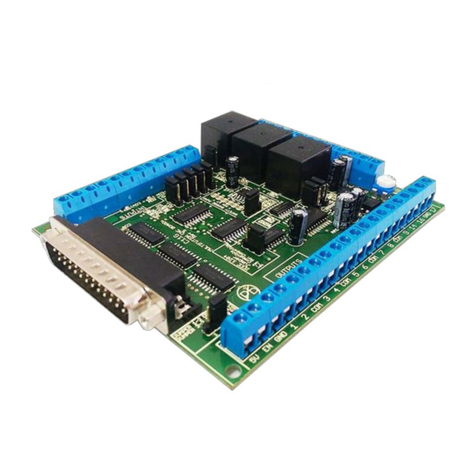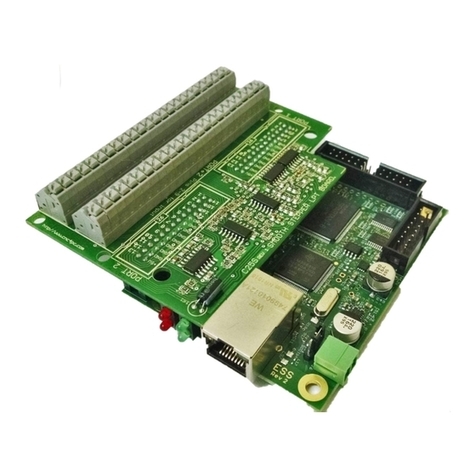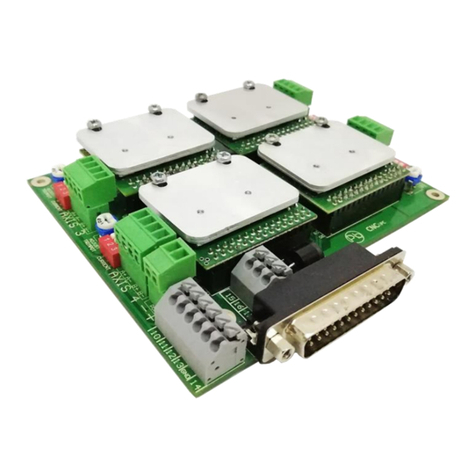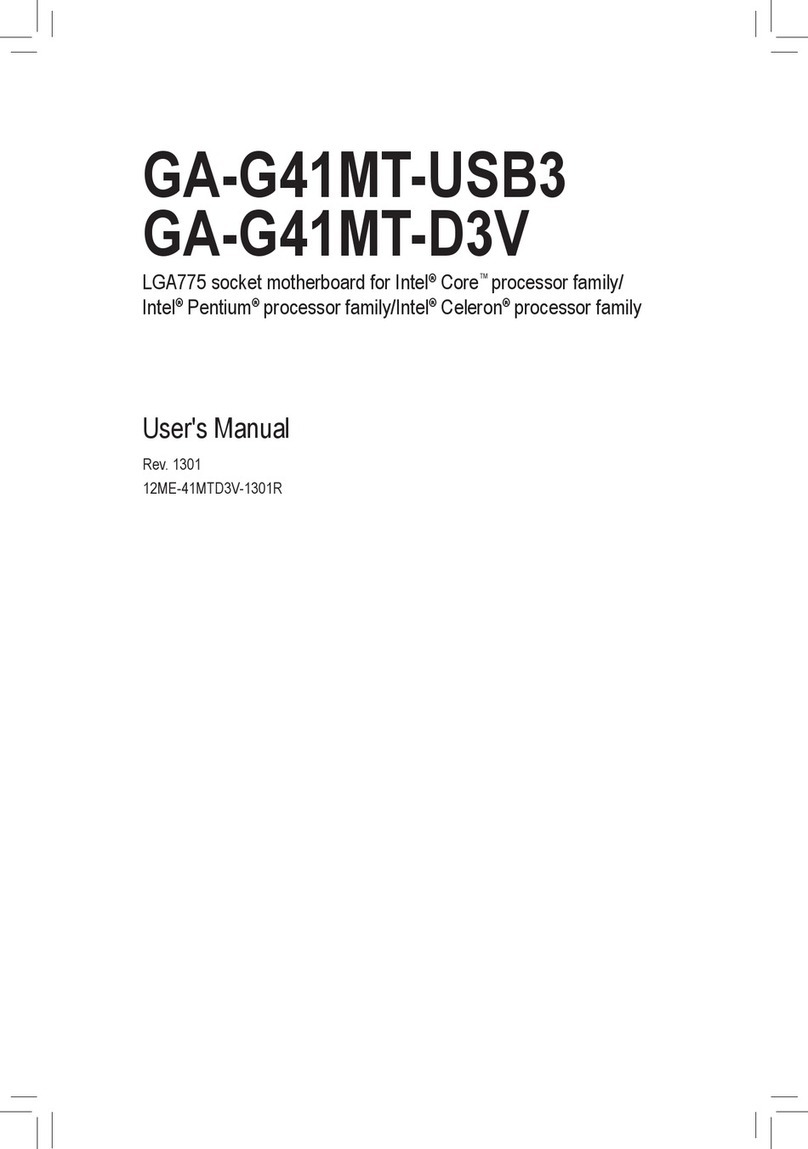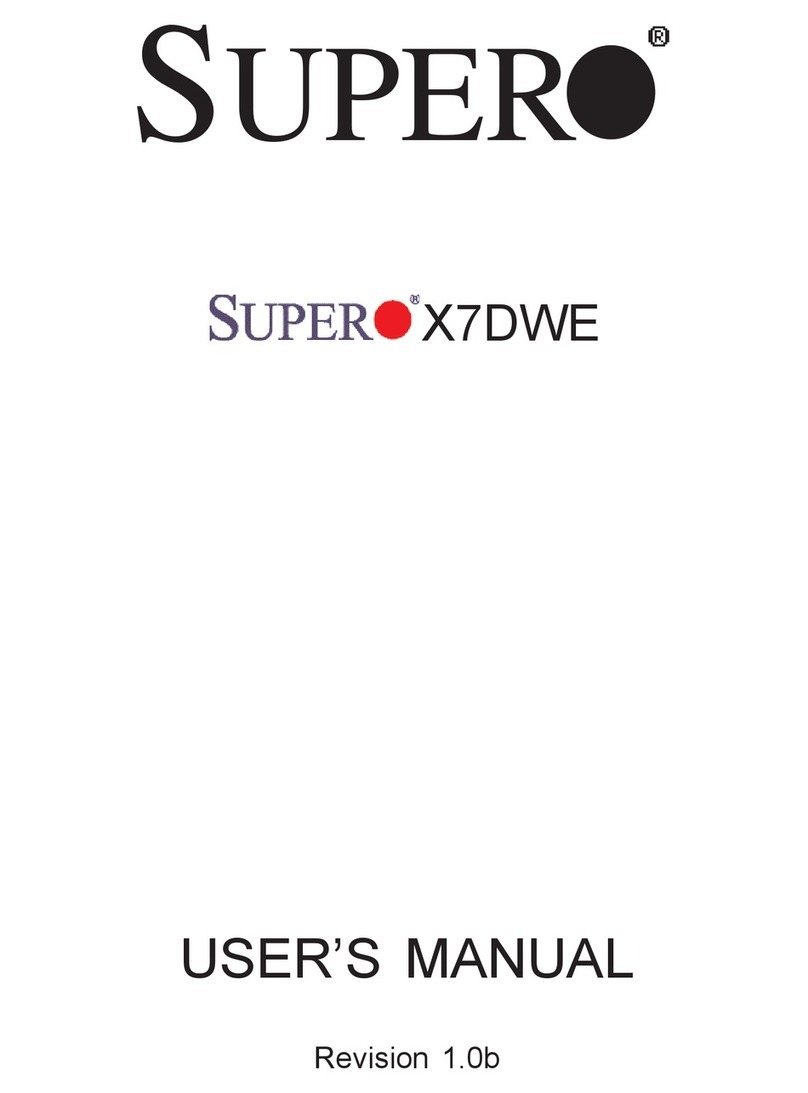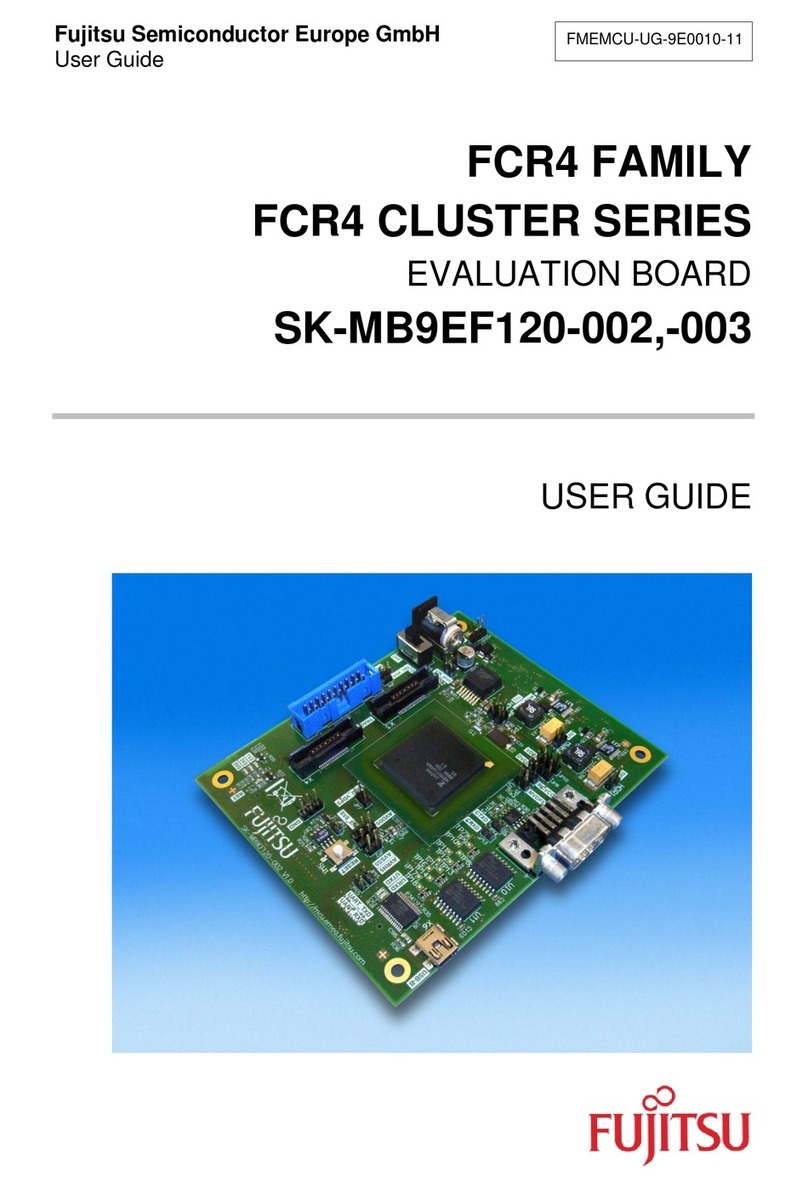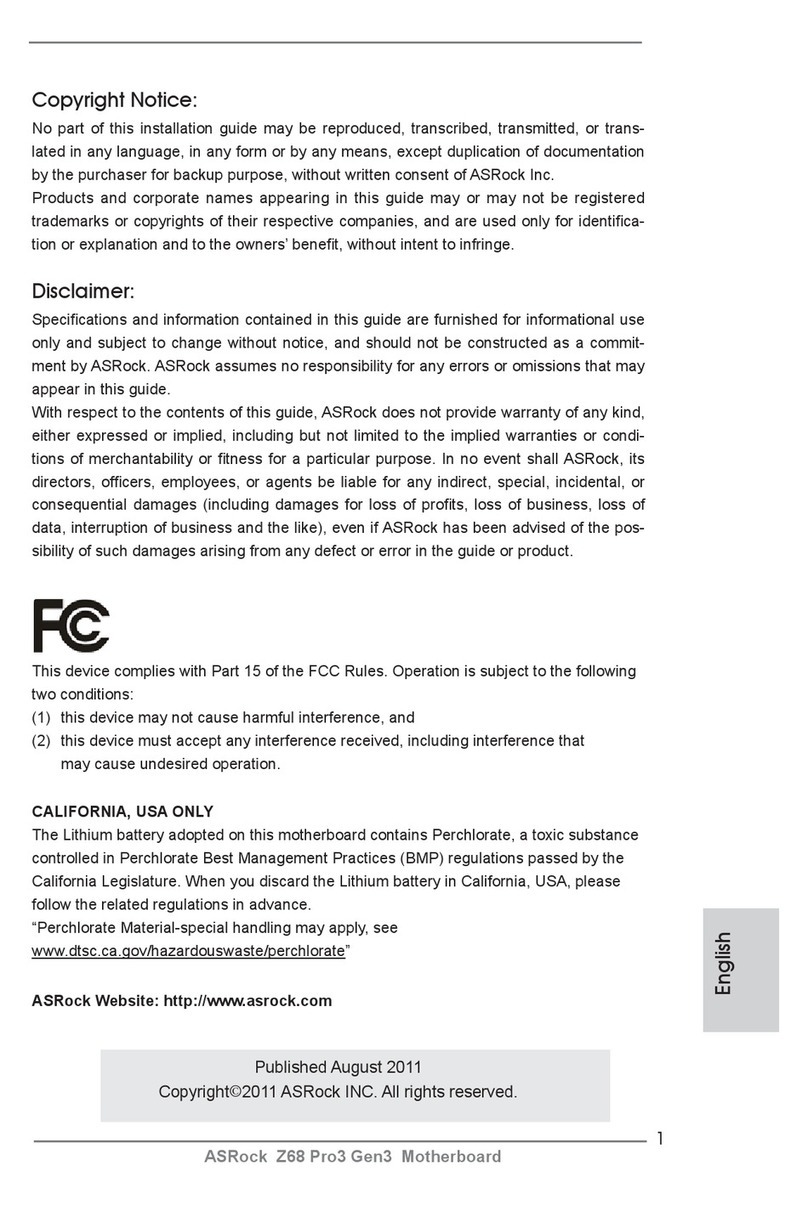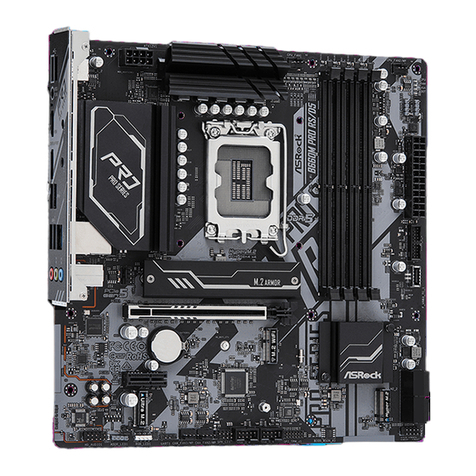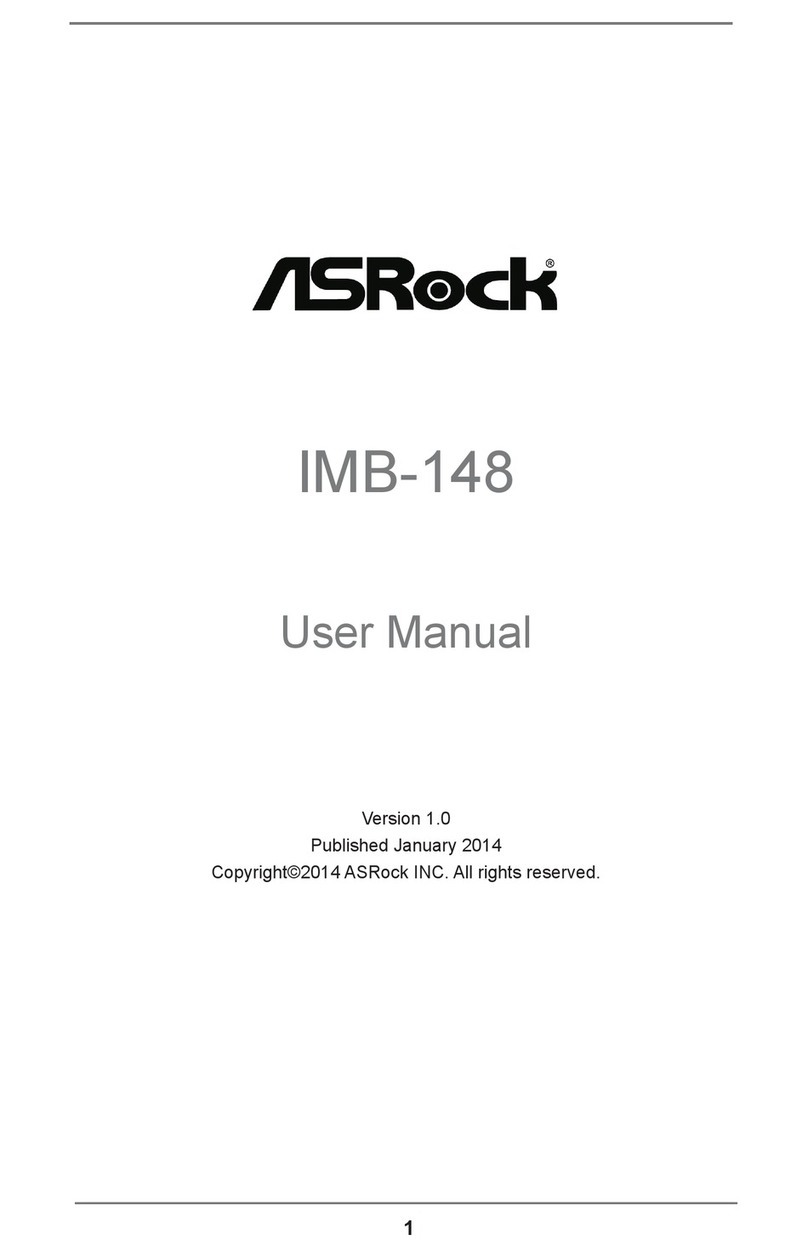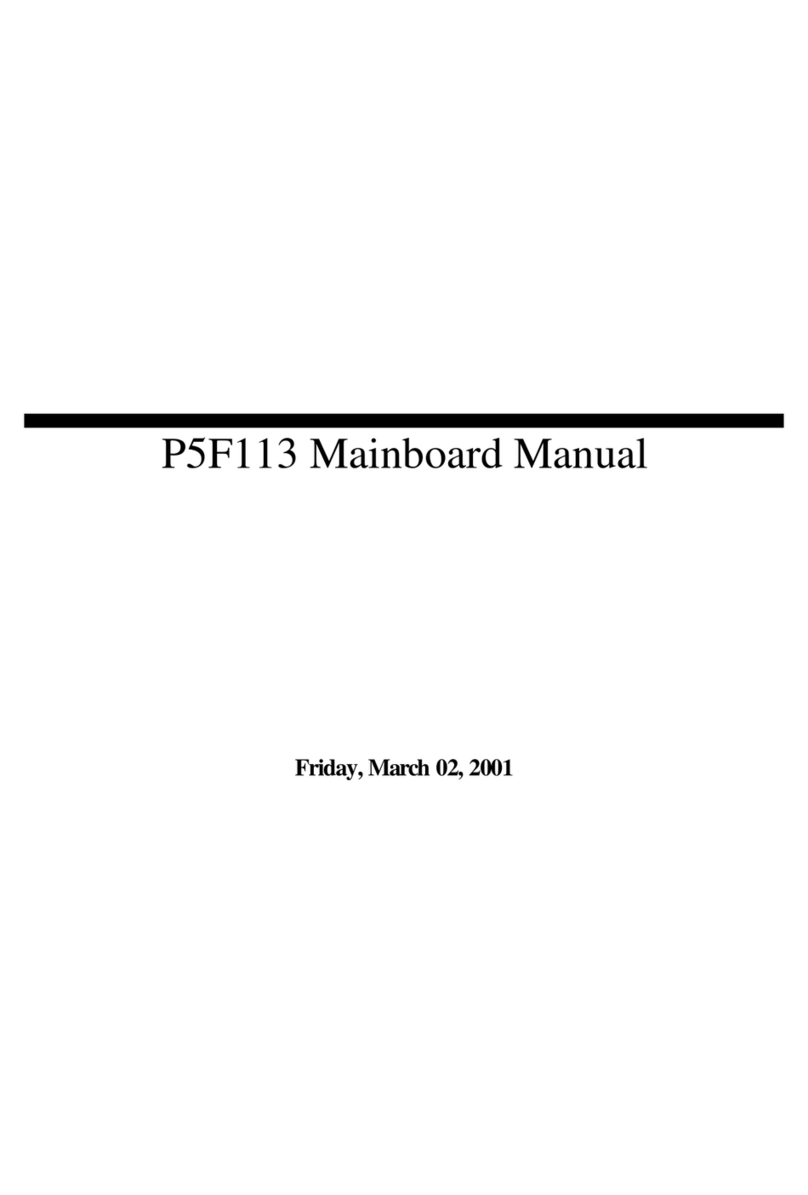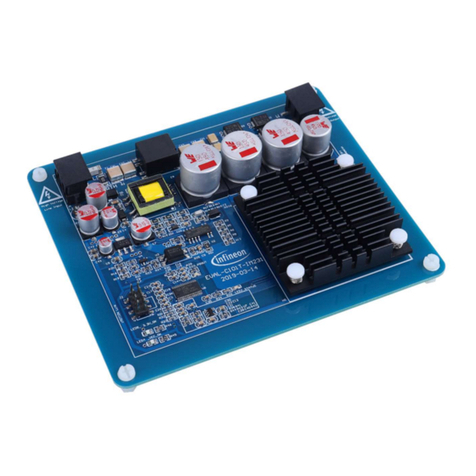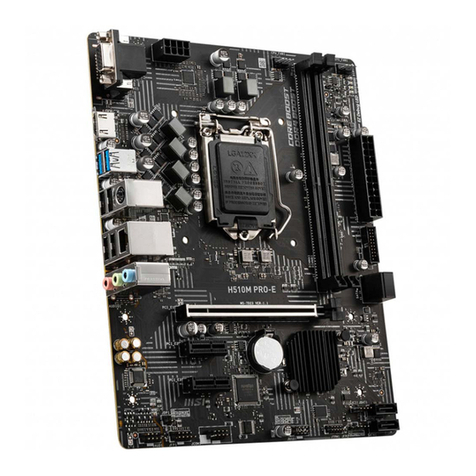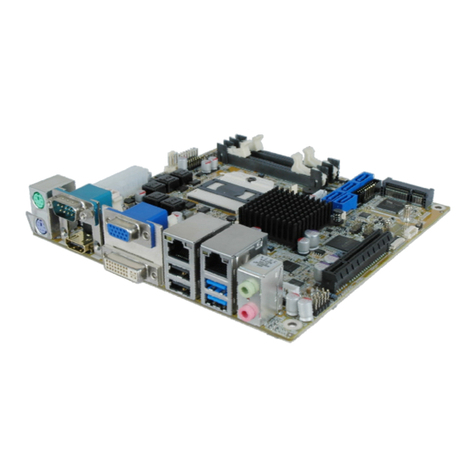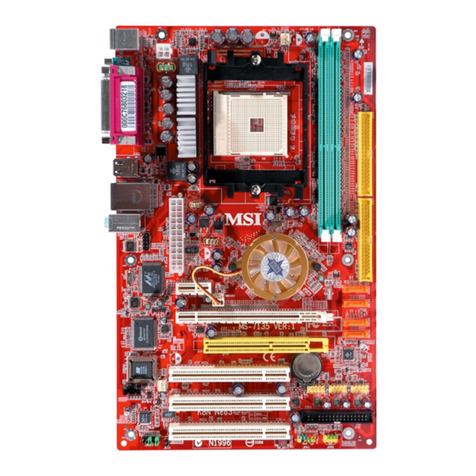CNC4PC C25 User manual

___________________________________________________________________________
User’s Manual Page i
USER’S
MANUAL
VER.3.2
C25- SMOOTH STEPPER LPT
BOARD Rev. 5
JUN, 2019

___________________________________________________________________________
User’s Manual Page ii
USER'S MANUAL
TABLE OF CONTENTS
Contents Page #
1.0 FEATURES.....................................................................................................................1
2.0 SPECIFICATIONS ..........................................................................................................1
3.0 FUNCTIONAL BLOCK DIAGRAMS ...............................................................................2
3.1 Inputs 10, 11, 12 13 and 15 (Port 1 and Port 2) Schematic ........................................2
3.2 Inputs 2-9 (Port 2) Schematic......................................................................................2
4.0 POWERING THE BOARD ..............................................................................................3
5.0 WIRING DIAGRAMS.......................................................................................................3
5.1 Connecting Switches or push button. ........................................................................4
5.2 Connecting NPN sensors (For any input)...................................................................4
5.3 Connecting PNP sensors (For any input)...................................................................6
6.0 DIMENSIONS..................................................................................................................7

User’s Manual Page 1
1.0 FEATURES
•34 Inputs and Outputs on 2 ports.
•Full access to all the pins of the Smooth Stepper Board.
•Connects directly to the Smooth Stepper (from Warp9).
The board is provided with sockets that allow the Smooth Stepper Board to be
plugged directly into this board. No ribbon cables required. When using the
Smooth Stepper board there is no need to use an additional power supply to
power the board. It will draw power from the Smooth Stepper board.
•Built-in Passive Low Pass Filters for the all inputs.
This board includes low pass filters to reduce the effect of the noise from the
drivers or other devices over the input signals.
•All TTL 5VDC signals.
•Input and output pins with close by ground connections.
Forget about grounding problems. Easily connect your pin by using your close
by ground connection. No need to be an electronics expert to ground all your
stuff.
•Screw-On connections for all terminals.
•Status LEDs on all inputs and output connections.
2.0 SPECIFICATIONS
DIGITAL INPUT SPECIFICATIONS
Numbers of inputs
5 on Port1, 13 on Port2
On-state voltage range
3.5 to 5V DC
Maximum off-state voltage
Approx. 1.5V
Type
Active High
DIGITAL OUTPUT SPECIFICATIONS
Number of outputs
12 on Port1, 4 on port2
Maximum output voltage
(5V power supply voltage) +0.5V
Maximum off-state voltage
0.33 V

User’s Manual Page 2
3.0 FUNCTIONAL BLOCK DIAGRAMS
3.1 Inputs 10, 11, 12 13 and 15 (Port 1 and Port 2) Schematic
Simplified functional block diagram
Note: The Smooth Stepper includes a Schmitt Trigger in those input pins.
3.2 Inputs 2-9 (Port 2) Schematic
Using an RC Low Pass filter followed by a Schmitt Trigger gate will reduce the effect of
the noise from driver or other devices. This eliminates the high frequency components
of the noise generating a fast changing signal.
Outputs 1, 14, 16 and 17 (Port 1 and 2) and outputs 2-9 (port 1).
All those pins are directly wired to the C25 output terminals.

User’s Manual Page 3
4.0 POWERING THE BOARD
This board is designed to get its power from the Smooth Stepper. The Smooth Stepper
has jumpers next to the IDC26 connector on which the C25 connects to that need to be
closed in order to send +5vdc to pin 26 of each IDC26 connector to power the C25.
5.0 WIRING DIAGRAMS
Different kind of sensors and switches can be connected to input board, but this board
supports only TTL signal. If you need to connect devices that generate 12V or 24VDC
signals, in some cases it is necessary to add external resistors.

User’s Manual Page 4
5.1 Connecting Switches or push button.
WIRING DIAGRAM TO CONNECT SWITCHES
Note: When you measure the voltage of the pin in the air after the resistor, you may find
the voltage to be higher, but once it interacts with the pull-down in the input pin of the
breakout board, it stabilizes to +5vdc.
5.2 Connecting NPN sensors (For any input)
Wiring diagram to connect NPN open collector proximity sensors

User’s Manual Page 5
WIRING DIAGRAM TO CONNECT IN PARALLEL NPN OPEN COLLECTOR
PROXIMITY SENSORS
Connecting NPN open collector proximity sensor with the C25
R1 Value (12V)
R1 Value (24V)
Approx. 10KΩ
Approx. 25KΩ
Wiring diagram to connect NPN proximity sensors with internal pull up resistor
Some NPN proximity sensors have an internal pull-up resistor (R1). It is necessary to
know its value in order to safety connect the sensor with the BOB. Follow this
recommendation:
Connecting NPN open collector proximity sensor with the C25
(R1+R2) Value (12V)
(R1+R2) Value (24V)
Approx. 10KΩ
Approx. 25KΩ

User’s Manual Page 6
CALCULATING THE R1 VALUE
Note: Rx is the unknown resistor value.
Where:
VEX is the external power supply voltage
Vis the voltage across the R resistor
RX = VEX.(R/V) - R (1)
A voltmeter is required to calculate the internal resistor value (Rx). Do the connection
as shown in the figure above and do the calculations using the equation (1).
Note. R value has to be known to do this operation. A 4.7KOhm@1/2W is
recommended.
5.3 Connecting PNP sensors (For any input)
Wiring diagram to connect PNP proximity sensors
Connecting PNP proximity sensor with the C25
R Value (12V)
R Value (24V)
Approx. 10KΩ
Approx. 25KΩ

User’s Manual Page 7
6.0 DIMENSIONS
All dimensions are in Millimeters.
Fixing holes (3.8mm).
DISCLAIMER
Use caution. CNC machines can be dangerous machines. Neither DUNCAN USA, LLC
nor Arturo Duncan are liable for any accidents resulting from the improper use of these
devices. This product is not a fail-safe device and it should not be used in life support
systems or in other devices where its failure or possible erratic operation could cause
property damage, bodily injury or loss of life.
Other manuals for C25
1
Table of contents
Other CNC4PC Motherboard manuals
